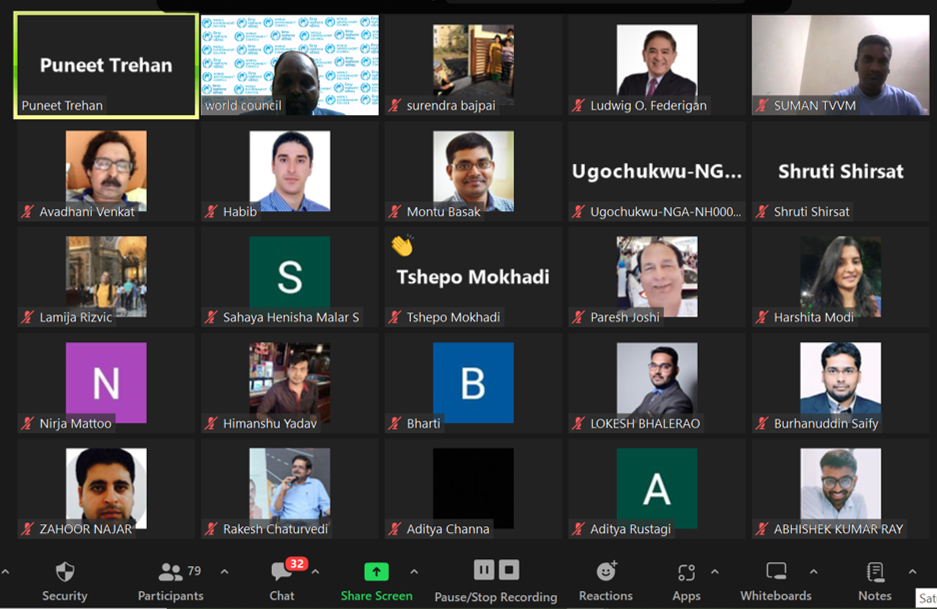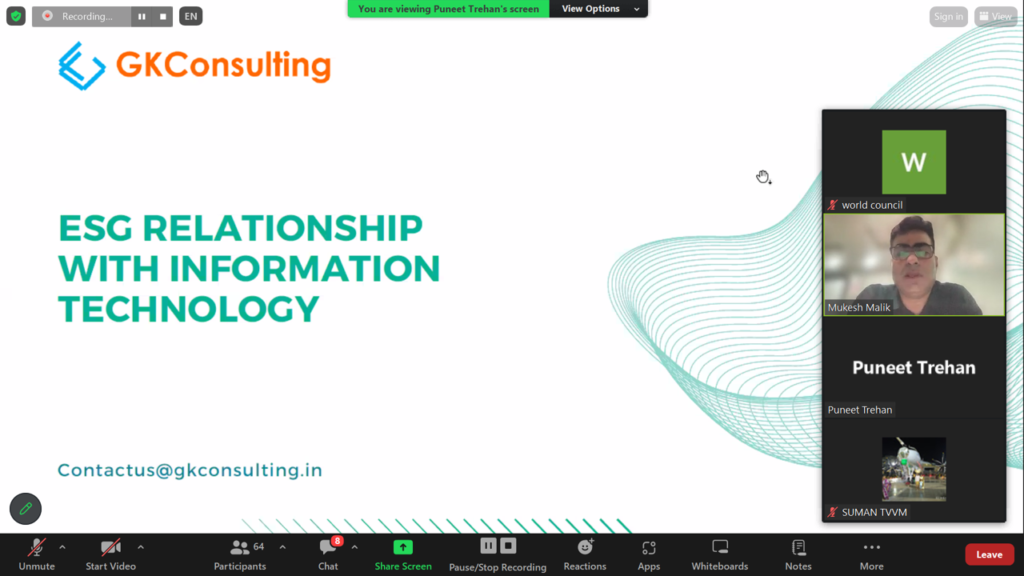Solapur, Maharashtra – Prof. Ganesh Channa, the esteemed Founder and President of the World Environment Council in Delhi, has been chosen to represent India at the highly anticipated United Nations Summit on the Future. The summit, scheduled to be held in New York from September 20 to 24, 2024, will gather global leaders, policymakers, and visionaries to address critical global issues such as economic stability, human rights, sustainable development, and environmental governance.
This recognition stands as a testament to Prof. Channa’s unwavering commitment to environmental preservation and his pioneering efforts in advancing green initiatives across the globe.
A Lifelong Dedication to Environmental Conservation
Prof. Channa’s environmental advocacy is nothing short of extraordinary. Under his leadership, the World Environment Council has spearheaded an extensive reforestation drive, successfully planting over 1 million trees in various regions of India, including Maharashtra, Karnataka, Rajasthan, and Tamil Nadu. His influence extends beyond national borders, with his council taking up projects in Nepal, Bangladesh, Sri Lanka, Malaysia, Zambia, and even France.
His selection for the UN summit not only honors his tireless work but also highlights the pivotal role grassroots environmental activism plays in shaping global sustainability efforts. Through his persistent dedication, Prof. Channa has effectively positioned Solapur and India on the international map of environmental advocacy.
A Global Stage for Local Change Makers
The UN Summit on the Future, led by UN Secretary-General Antonio Guterres, seeks to foster global cooperation and solutions to shared challenges. Prof. Channa’s presence at the summit offers him the unique opportunity to share his experiences and perspectives on crucial environmental issues, contributing to the development of future policies and international agreements.
With his years of ground-level activism, Prof. Channa’s insights will serve as a valuable asset to the discussions at the summit, emphasizing the importance of sustainable practices in creating a greener, more equitable world.
International Acclaim for Solapur
Prof. Channa’s selection has not only earned him personal accolades but has also brought international recognition to Solapur, a city synonymous with innovation and sustainability efforts. His work supported by his family, Mrs. Sridevi Channa, his children Aditya, Chaitanya Akshara always supported him in this contribution. and close friends and allies like Shrikant Gote, Mayur Khandale, Dr. Shrikant Mergu, Nagaraj Vannal, Santosh Mhanta, Ashok Konapure, Anmol Sharma, Karchung Bhutia stands as a shining example of how local initiatives can lead to significant global impact.
As Prof. Channa prepares to take the stage at the UN Summit, his journey underscores the power of grassroots action in influencing global discourse. His role at the summit signifies India’s continued commitment to global sustainability and reinforces the belief that local change, when driven with passion and dedication, can indeed reverberate across the globe.
With the future of global sustainability on the line, Prof. Channa’s participation is a crucial reminder that lasting change often begins at the community level but has the potential to influence international policies and shape a better tomorrow.

















